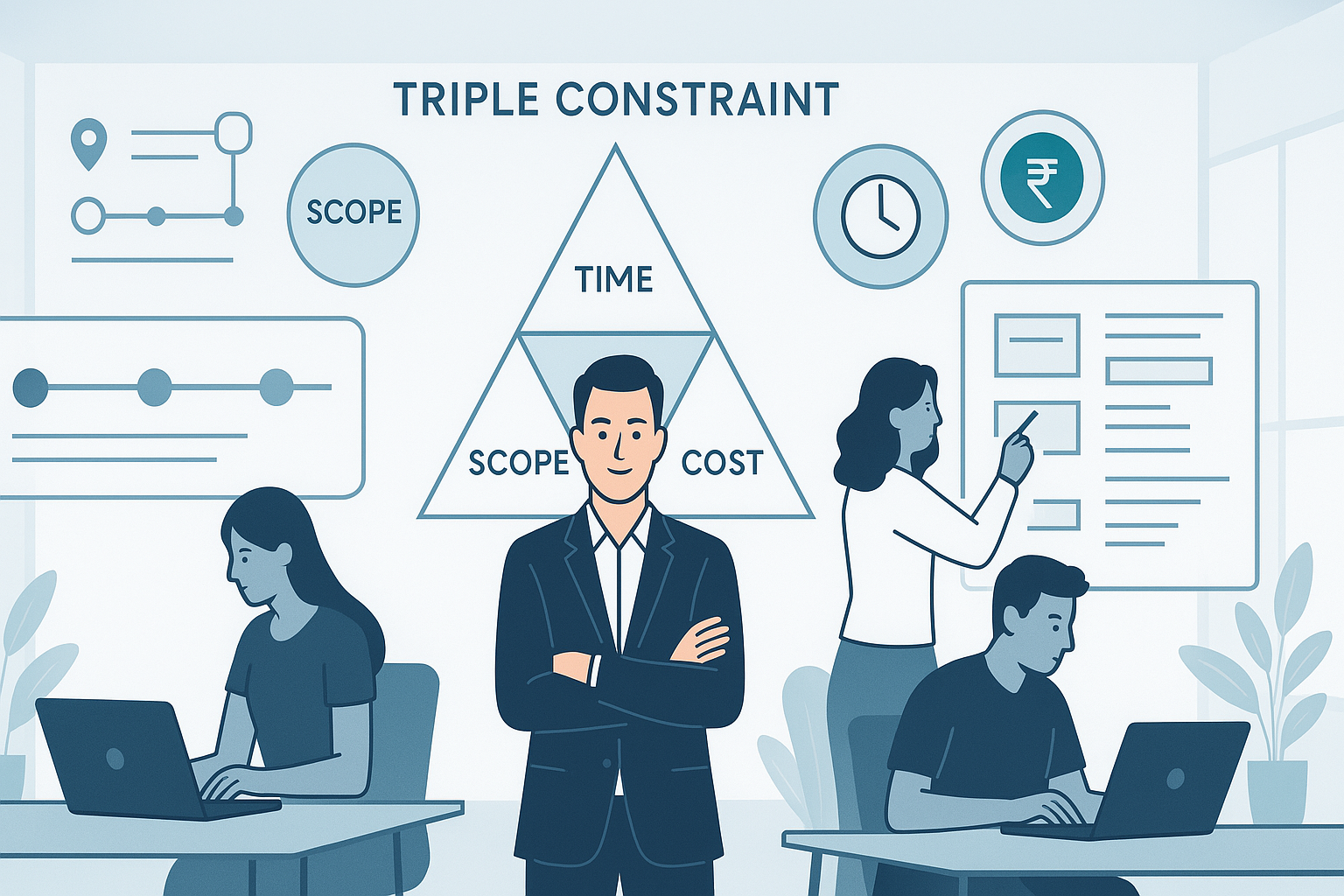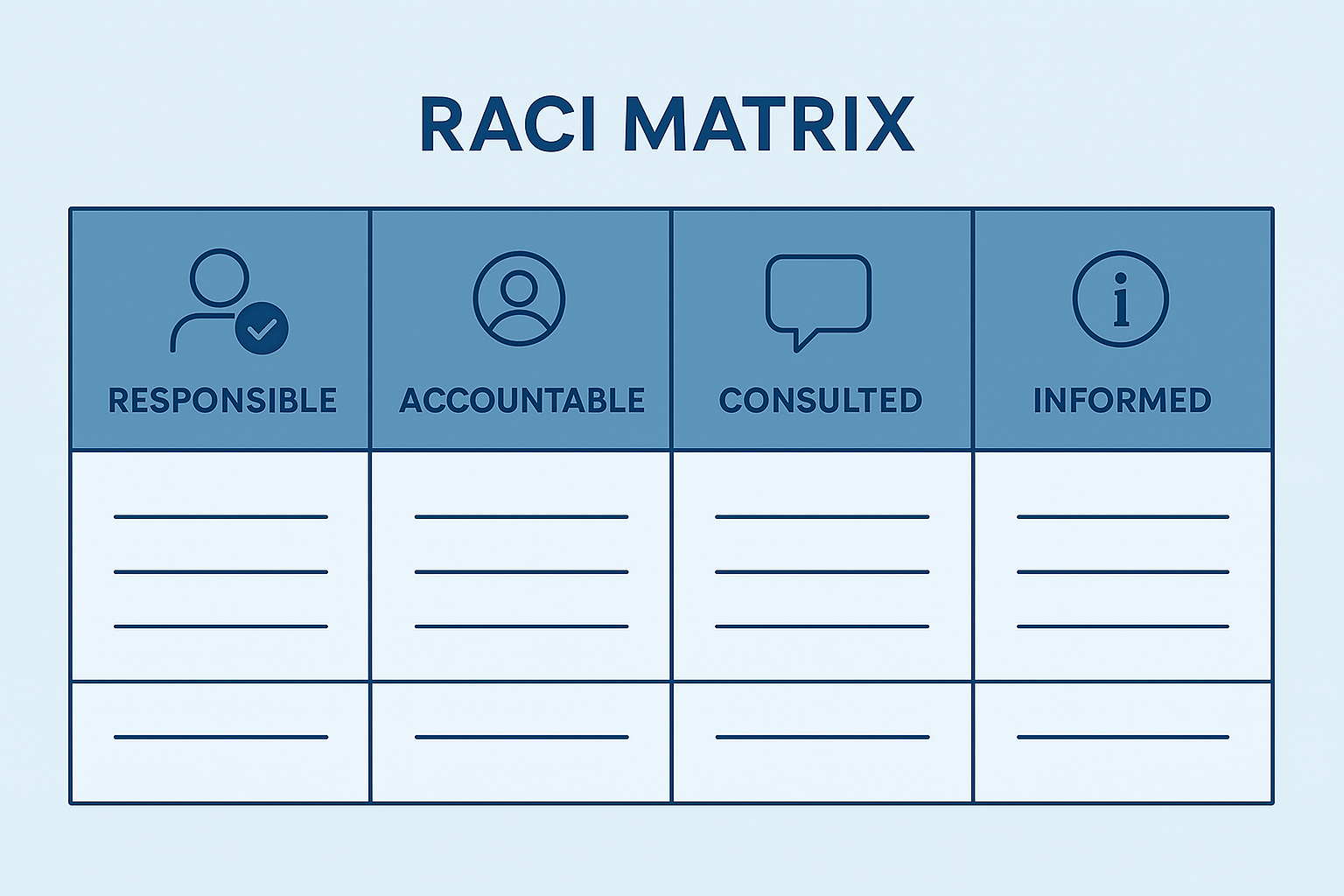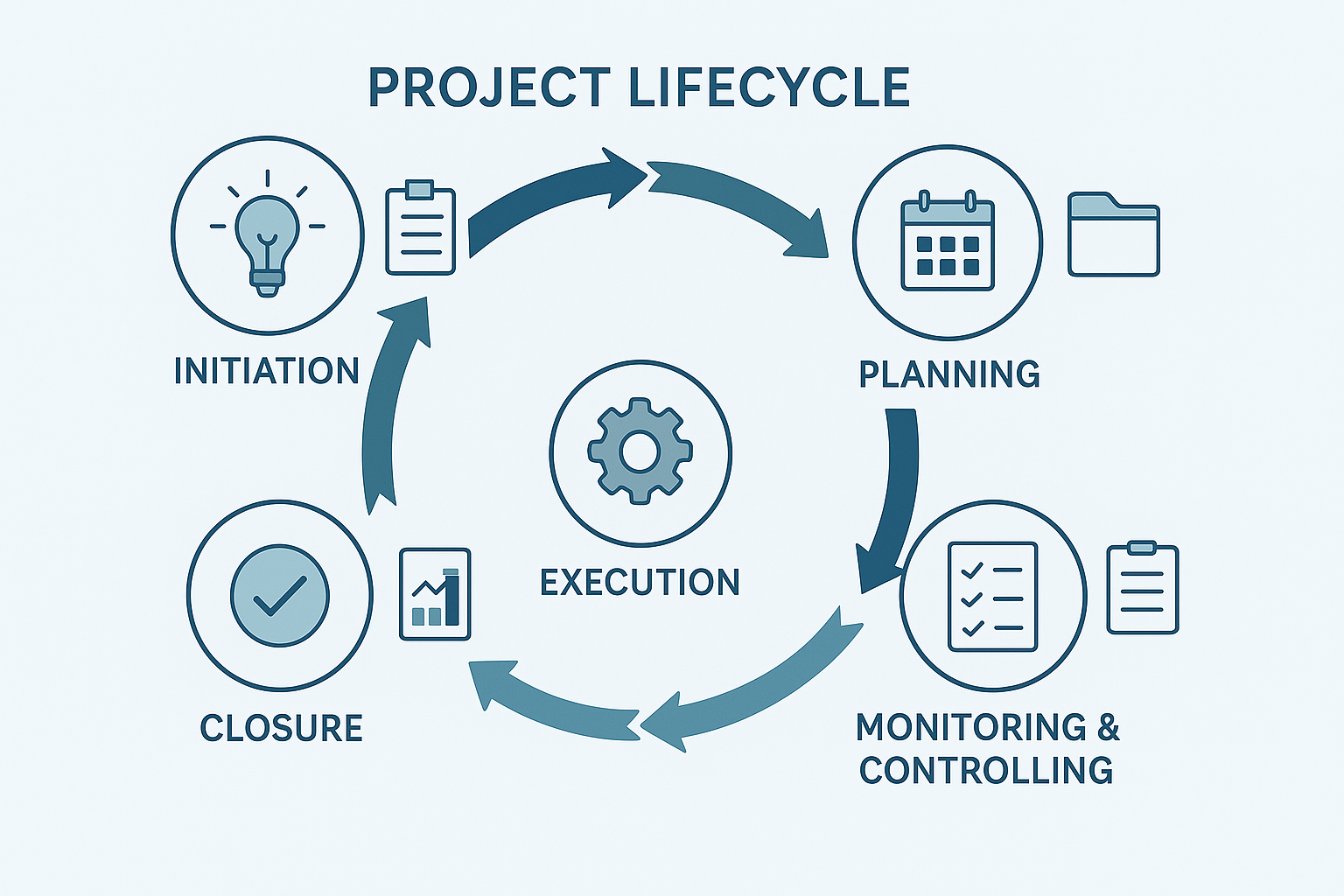What is a project?
“It’s just a task,” they say. But is it?
If you’ve ever juggled deadlines, balanced budgets, and tried to get cross-functional teams moving in sync—you already know a project is so much more than a simple task.
In today’s fast-paced business world, projects are the engines that drive innovation, transformation, and growth. But what exactly makes something a project? Why do some ideas take shape as formal initiatives, while others stay back-burner dreams?
Whether you’re an aspiring project manager or a seasoned team lead brushing up your basics, this guide will walk you through the fundamentals of what defines a project—and why understanding this distinction can make or break your success.
At its core, a project is a temporary endeavor undertaken to create a unique product, service, or result. Unlike ongoing operations, projects have a clear beginning, a defined end, and specific goals to achieve.
Think of launching a new mobile app, building a hospital, or setting up an enterprise CRM system—these are all projects because they aim to deliver a distinct outcome within a defined time frame.
Characteristics of a Project
Every project—whether it’s developing software, upgrading a healthcare system, or rolling out a marketing campaign—shares the following key characteristics:
1. Temporary Nature
Projects are not ongoing operations like payroll or customer support. They have a start date and an end date. Even if they run for years, they are still finite. Once the objective is achieved, the project closes.
Example: Migrating a hospital’s legacy system to a new digital platform is a project. Maintaining that platform afterward becomes an operational task.
2. Unique Deliverables
Each project creates something that didn’t exist before—whether it’s a product, process, service, or system. Even repetitive work (like constructing houses) has unique factors like location, client preferences, or design.
Example: No two mobile banking apps are exactly alike. One might focus on payments; another on personal finance tracking.
3. Defined Scope and Objectives
A project is launched for a specific reason, with clear deliverables, goals, and boundaries. The scope outlines what will be delivered and what will not.
Example: A website redesign project might include new UI/UX and mobile responsiveness, but exclude backend architecture changes.
4. Progressive Elaboration
Projects rarely start with every detail known. As work progresses, teams gain clarity, refine requirements, and adjust plans.
Example: An IT project may start with a basic feature list. As stakeholders give feedback, some features may evolve or be replaced with better alternatives.
5. Cross-functional Collaboration
Projects often pull in people from different departments, domains, and skill sets. Success depends on collaboration, communication, and leadership across silos.
Example: Launching a healthcare analytics dashboard may involve developers, data scientists, clinicians, QA testers, and regulatory experts.
The Triple Constraint in Project Management
Welcome to one of the most powerful (and painful) realities in project management: the Triple Constraint. Picture a triangle—each side represents one of the following:
1. Scope – What is being delivered?
This includes features, functionality, requirements, and outcomes expected from the project. It defines the “what” of the project.
Scope creep—adding features without adjusting time or cost—is a common threat to project success.
2. Time – When will it be delivered?
This includes schedules, milestones, deadlines, and availability of resources. A delay in delivery affects everything from market readiness to customer satisfaction.
3. Cost – How much will it cost?
Covers budget, resource allocation, infrastructure, and even opportunity costs. Every resource (people, tools, licenses) has a financial impact.
The catch? If one constraint changes, the others usually do too.
Want to add new features (scope)? You’ll probably need more time and money.
Need to speed things up (time)? You may need to reduce scope or increase cost.
Balancing these three elements is a PM’s daily challenge—and doing it well is what separates good project managers from great ones.
What Creates Demand for a Project?
Projects aren’t born out of thin air. They’re triggered by real needs, challenges, or opportunities that require action.
Let’s look at the most common drivers:
Market Needs
Organizations launch projects to respond to changes in consumer preferences or competitor activity.
Example: A fintech startup builds a UPI-based app to cater to the rising demand for instant payments in India.
Business Requirements
Internal efficiency, performance gaps, or strategic shifts can drive new initiatives.
Example: An enterprise implements a centralized HR system to replace scattered manual processes and improve decision-making.
Customer Requests
Clients or end-users may demand specific features, integrations, or solutions that trigger new projects.
Example: A hospital upgrades its appointment system based on patient feedback asking for WhatsApp-based confirmations.
Technological Advancements
New tech opens doors for innovation and disruption. Staying competitive often means upgrading systems or exploring automation.
Example: A logistics company automates route planning using AI to reduce delivery times.
Legal or Compliance Requirements
Laws and regulations (like GDPR or HIPAA) often mandate changes that lead to full-scale projects.
Example: A healthcare provider launches a data protection initiative to ensure HIPAA compliance.
Social or Environmental Needs
Organizations are increasingly responding to environmental concerns, sustainability, and community needs.
Example: A manufacturing firm launches a waste-reduction project aligned with its ESG goals.
Conclusion: From Task Manager to Strategic Leader
A project isn’t just something to “check off”—it’s a strategic opportunity to create impact, value, and innovation.
As a project manager (or aspiring one), mastering the fundamentals—what a project is, how it behaves, and what drives it—forms your foundation. From this base, you’ll build stronger plans, lead more effectively, and become a key player in organizational success.
The world doesn’t need more task managers—it needs project leaders who understand both people and processes.
👉 Ready to go deeper?
In the next post, we’ll walk through the Project Lifecycle—from initiation to closure—with real-world examples and templates you can use.



